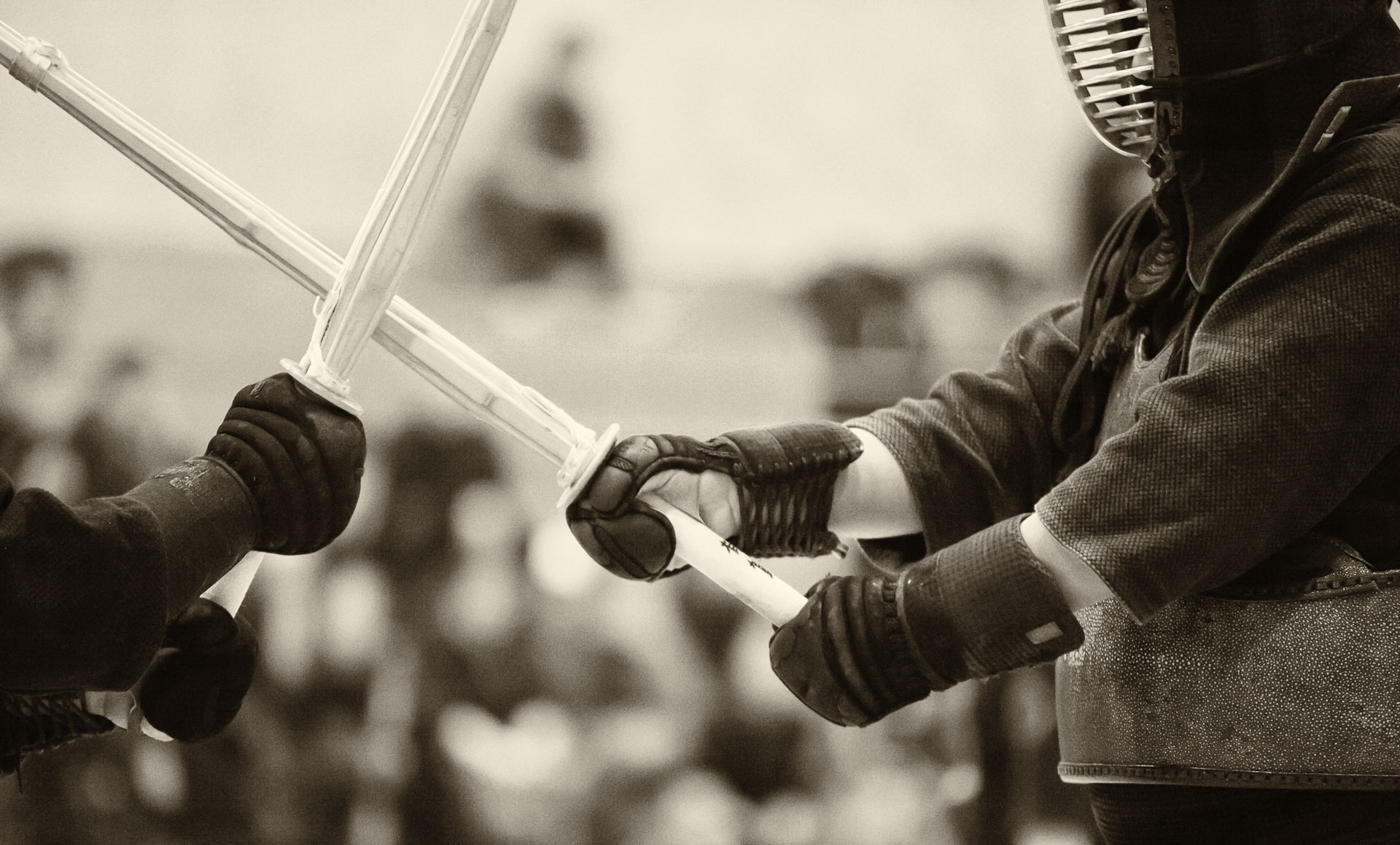
I wrote earlier that working with other people is beneficial for the various projects, including photo shoots. The flip side of this is that the more people are involved, the higher the level of responsibility . As a consequence, more planning is needed in order for the project to succeed. In fact, the planning can become a project in itself.
I am preparing for the start of the new academic term, and planning for the course that I will be teaching has been consuming my time for the last couple of days. Actually, I like the planning stage and understand importance of teaching, but in my experience, there is a point of diminishing returns, beyond which more planning would not yield any substantial improvement in teaching (or, indeed, learning, from the students’ perspective). In fact, Richard Reis in “Tomorrow’s Professor
” wrote that a common trait among top performing academics is the ability (and willingness) to be less than perfectly prepared for lectures and other components of their teaching. Doing so serves two purposes: it saves time for other activities, e.g. research (or, perhaps, kendo?), and it allows one to teach in a more natural, spontaneous manner, actually improving the quality of teaching.
Without over-analyzing this fact, I am going to take it as an excuse reason for putting the work away for tonight, even though “being perfectly prepared” is not even on the horizon at the moment.



























